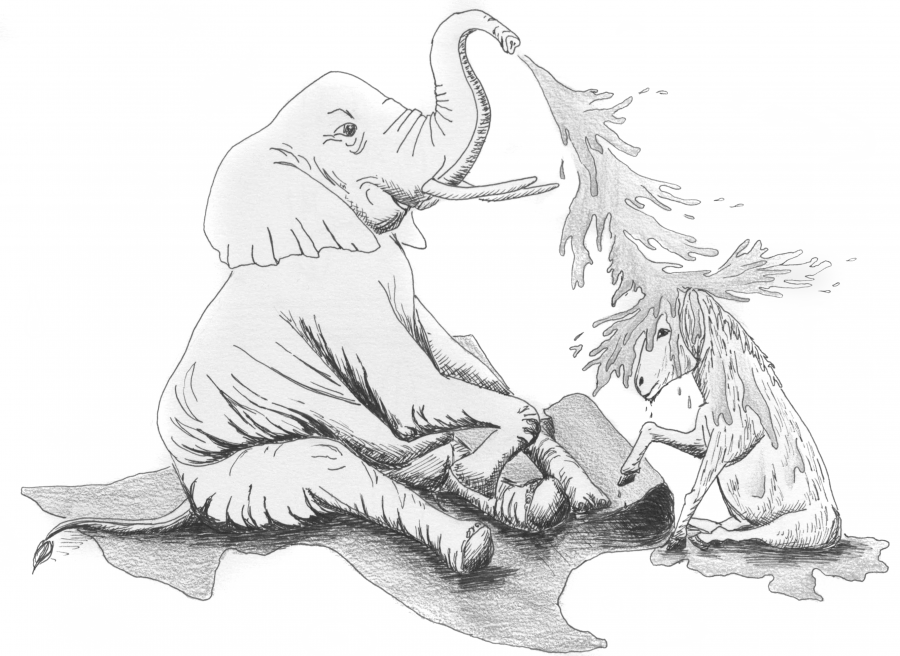When Texas House Speaker Joe Straus (R) announced that he would not run for re-election in 2018, Texas Democrats saw an opportunity to finally take back Texas. But if they don’t take an active role in addressing the shifting demographics of Texas voters, this red state will only turn redder.
Progress Texas, a group that “(pushes) back on the Texas right-wing,” recently published a report indicating Texas’s increasing Hispanic and millennial population of voters as a key aspect of an impending shift in the state’s political climate, citing census data that shows 39 percent of current residents are Hispanic, another 13 percent are African American and almost 5 percent are Asian Americans. While Texas is seeing an increase in voter demographics commonly associated with liberal values, predicting that this will result in a swing left assumes an oft-cited and flawed view of a Hispanic voting bloc and ignores state precedent.
Not only are the two groups that Progress Texas focuses on known for their low turnout rates, Hispanic voters have never held a monolith of political values, with some trending towards conservative politicians. Texas — moreso than any other state — cultivates a shared identity among immigrants and natives, explained Chuck DeVore, the vice president of National Initiatives for the Texas Policy Foundation, in a report.
DeVore cites Gov. Greg Abbott’s strong reception following his campaign trips through the predominantly-Hispanic Rio Grande Valley as evidence of strong conservative leanings among Hispanic communities. In the four main counties that make up the Valley, the Republican share of the vote has grown from about 32 percent in 2002 to 36 percent for Abbott in 2016.
The Valley isn’t alone in this trend toward Republican support. In the last 20 years, the margin between the two parties has widened in the House and Senate and the congressional delegation. Since George Bush’s gubernatorial win in 1994, Republicans have held every single statewide office in Texas.
If the makeup of political affiliation in Texas’s population is truly shifting to the left, there would be evidence of a Republican demise. However, not only is there a lack of this evidence, the Republican margin in the governor’s race has significantly increased every year since 2006.
As young liberal voters grow into the voting age and Texas’ Hispanic population grows more prominent, we may come to expect a greater Democratic turnout in the Lone Star State. But until then, if Democrats want to capture voters and turn the tide of Texas politics, they must push for broader acceptance from the people of Texas they seem to rely on.
Kunz is an English freshman from New Braunfels.


















